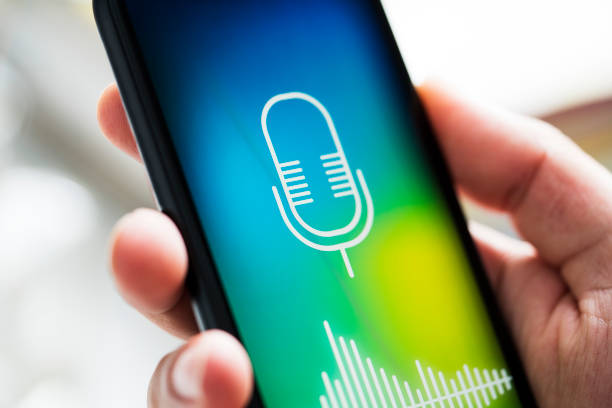In today’s fast-paced world, voicemail is a crucial tool for communication, especially when you can’t reach someone directly. Leaving a professional and effective voicemail is an art, and it can make a significant impact in both personal and business interactions. In this step-by-step guide, we’ll explore the importance of leaving a professional voicemail and provide you with tips on how to master this skill.
Table of Contents
ToggleWhat Is The Importance Of Leaving A Professional Voicemail?
Before diving into the “how,” let’s discuss the “why.” Leaving a professional voicemail is essential for several reasons:
First Impressions: Your voicemail might be the first interaction someone has with you, so it’s an opportunity to make a positive impression.
Effective Communication: Voicemails ensure that your message is received even when the recipient can’t answer the call.
Business Etiquette: In a professional context, an articulate voicemail reflects your professionalism and respect for others’ time.
Documented Communication: Voicemails serve as a record of your attempts to reach someone, which can be essential in some situations.
How To Leave A Professional Voicemail
Follow these steps to leave a voicemail that’s clear, concise, and professional:
Prepare Before You Call:
Know what you want to say.
Have any necessary information or documents ready.
Dial the Number: Call the recipient’s number, and wait for the call to go to voicemail.
Start with a Greeting:
Begin with a polite greeting, such as “Hello” or “Hi.”
Identify Yourself Clearly:
State your name and, if applicable, your company or organization.
State the Purpose:
Quickly explain why you’re calling. Be concise and to the point.
Leave Your Contact Information:
Provide your phone number and, if necessary, an alternative means of contact.
Speak Slowly and Clearly:
Enunciate your words, and avoid rushing through your message.
Maintain a Professional Tone:
Keep your tone polite, even if you’re leaving a voicemail in a challenging situation.
End with a Call to Action:
Encourage the recipient to return your call or take a specific action if needed.
Thank the Recipient:
Express gratitude for their attention and time.
Repeat Your Contact Information:
To ensure they have it, repeat your phone number at the end of the voicemail.
Tips To Keep In Mind
Keep It Short: Aim to keep your voicemail under one minute to maintain the recipient’s interest.
Avoid Jargon: Steer clear of technical terms or jargon that the recipient might not understand.
Stay Calm: If you’re leaving a voicemail in a stressful situation, take a deep breath and stay composed.
Practice: If you’re nervous or if the voicemail is essential, consider rehearsing your message beforehand.
Listen Before You Send: Review your voicemail before hitting the send button to ensure it’s clear and concise.
Conclusion
Leaving a professional voicemail is a skill worth mastering in today’s communication-driven world. It allows you to make a positive impression, ensure effective communication, and uphold proper business etiquette. By following the step-by-step guide and keeping the provided tips in mind, you’ll become proficient in leaving voicemails that leave a lasting, positive impression on the recipients. So, the next time you reach someone’s voicemail, remember these guidelines to make the most out of your message.

